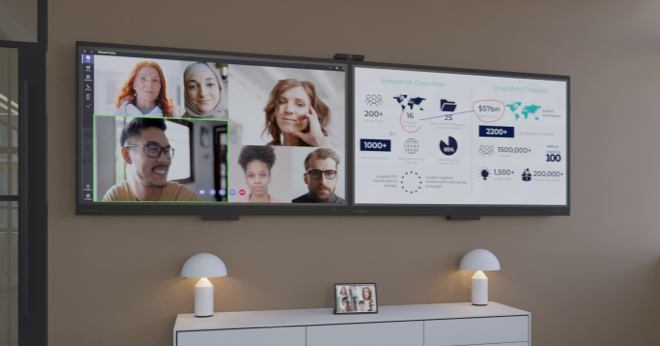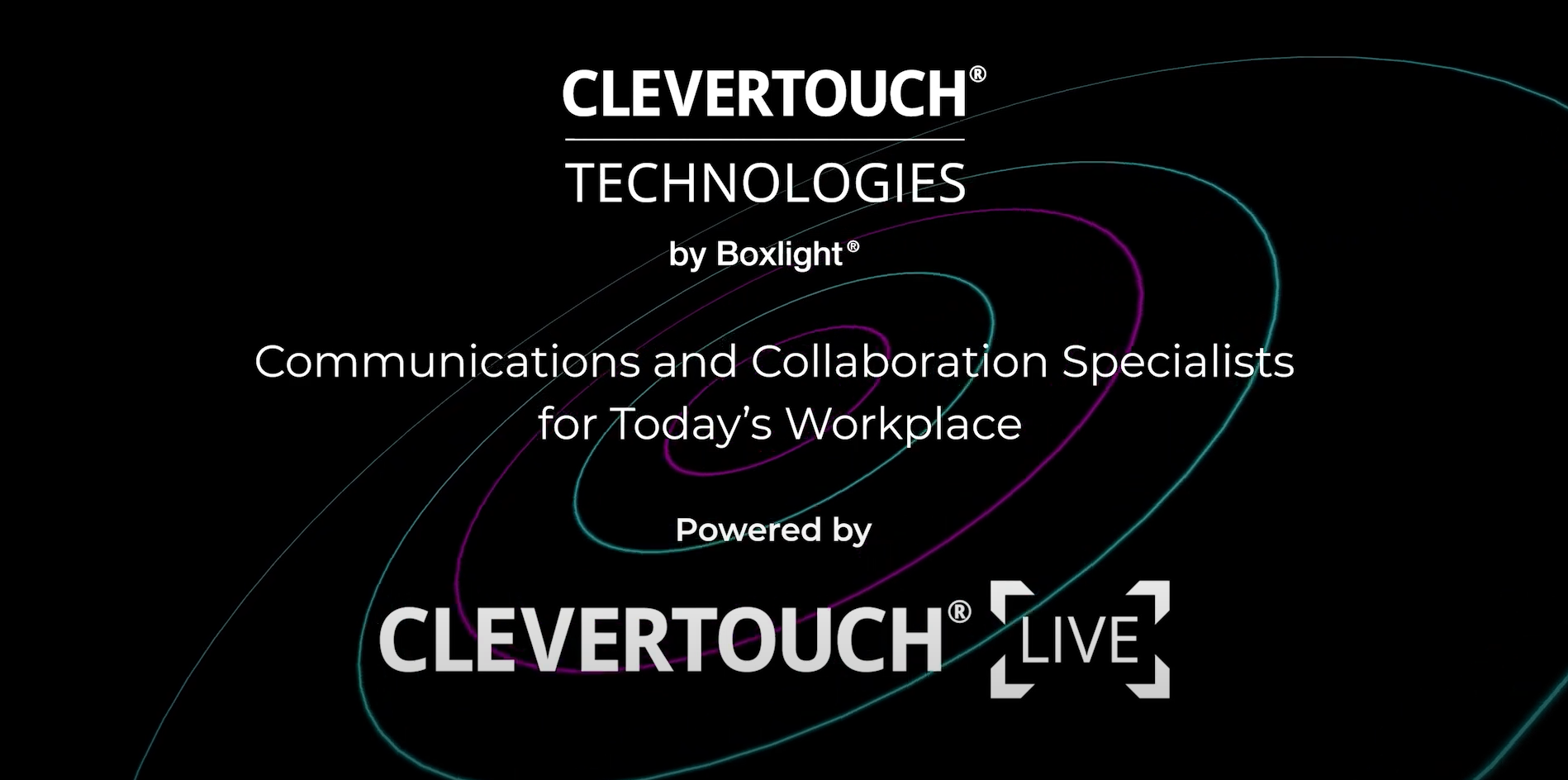But as schools, offices, and entire countries went into a global, mandatory lockdown back in March 2020, video-conferencing became the sole means of communicating with our families, friends, and co-workers. Zoom seized this opportunity. With an easy-to-use interface and support for up to 100 participants – it rapidly became the new default place for social activities that could no longer happen IRL.
Fast-forward to 2022, and most of us have returned to the office, but not quite in the same manner as before. The pandemic catalyzed a seismic shift in working patterns, resulting in a hybrid-first approach for many organizations. Unsurprisingly, video calls are a staple of this.
We take a look at how the pandemic changed our working behavior, and what the future holds for video conferencing in this new era of ‘hybrid-first’ working.
Covid transformed workplace culture for good
A sudden ‘pause’ on life in March 2020 raised a magnifying glass to the way we had been working. Many of us were caught in a hamster wheel of non-stop meetings, engagements, and stimulation. Suddenly, with fewer commitments and nowhere to be, we used the extra time to focus on the people and things we loved.
As we continued to do our jobs as usual, there was a mass realization that the Monday-to-Friday grind wasn’t the only way to do things, which might explain the 77% of employees asking for more flexibility in the post-COVID workplace.
This has translated to more flexible and permanent remote working policies in many organizations. Global companies like Unilever, Netflix, and Google have already pledged their commitment to permanent remote working. Still, for this transition to become the new standard, infrastructure needs to be created to support the new working habits that come with ‘hybrid working.’ Video-conferencing capabilities will become a necessity in meeting spaces, and technology will ultimately facilitate this.
There is no ‘one unified’ solution
The video market is an ever-growing but fragmented market. In May 2020, Microsoft Teams and Google Meet surpassed 50 million downloads. Video-conferencing interoperability has become a hot topic by extension of the explosion of online communication in the past two years.
A lack of interoperability in video-conferencing means technical issues and rigidity when communicating with those on different platforms. The big UC companies have picked up on this: namely Teams and Zoom. You can now launch a Zoom call from a Teams Room – but with a myriad of other video-conferencing platforms out there, we’re still not seeing full interoperability the way we’d like to.
The reality is that there will never be ‘one platform.’ Just as there isn’t one unified email provider or CRM. Of course, a few big players will always dominate the landscape, but there will always be variety and choice. Webex, Zoom, Teams, BlueJeans, GoToMeeting…different people will choose different solutions.
Historically many businesses have said, ‘we use this platform, and therefore everyone should use this platform.’ However, in today’s climate, adaptability is essential. An inflexible attitude to technology works against adaptability. Instead of resisting the ‘other’ platforms out there, businesses should embrace the diversity and create ‘interoperable meeting spaces’ where any type of call can be made.
With Launcher meeting room software, you can walk into any UC-equipped meeting room and instantly launch your calls. With Launcher installed on your meeting room display, your meeting spaces can accommodate whatever video-conferencing software your teams or clients prefer to use: Webex, Zoom, Teams, GoToMeeting, BlueJeans, Skype for Business, Lifesize.
Cameras Off
People are starting to realize that video calls aren’t a substitute for real, face-to-face conversations. Video-conferencing is a temporary fix to our current environment, not a long-term solution. The new phenomenon of ‘Zoom fatigue’ is also leaving many of us reluctant to accept meeting requests. We’re starting to apply the same rules we used in the office. ‘Does this warrant a video call, or is an email or phone call sufficient?’ If the answer is no, then your and your colleague’s time may be better spent otherwise.
Companies may decide to adopt more home-working going forward, but the reality is that in-person meetings will continue to be a staple of the workplace. Pixels on a screen can’t substitute for the social and organizational benefits of getting together and talking things through.
From BYOD to BYOM
BYOM (Bring Your Own Meeting) leverages and builds upon the foundations of BYOD (Bring Your Own Device) in that employees can use the tools they are comfortable and familiar with.
For video calls, this means that you have the flexibility to launch calls across multiple video platforms. Teams from Zoom, Zoom from Teams, Webex, BlueJeans – you decide. Meeting attendees can share content from the comfort of their own seats using their personal devices. Gone will be the days of a single person standing at the front of the room dictating to the room; meetings will become more inclusive and accessible – less monologue, more dialogue.
However, for this to happen, meeting rooms and collaboration spaces needed to be BYOM-enabled – this means rooms that are equipped for easy screen sharing – whatever device you’re using.
This blog was originally published by DIsplayNote Technologies.

